Abstract
Measles incidence in England and Wales has fallen to an all-time low. Attention is now focused on preventing local outbreaks, and, in the long run, on the elimination of indigenous measles. A realistic age-structured (RAS) mathematical model of measles transmission is used to reconstruct the impact of measles vaccination in England and Wales from 1968 to the present and to evaluate the merits of future policy options. In general, the predictions of the model show good agreement with long-term age stratified case reports and seroprevalence surveys. The model underestimates the proportion of cases that are notified in 0-2-year-old children. However, recent work suggests a high degree of misdiagnosis in this age group. Projections on the basis of the existing vaccination strategy in the UK suggest that the present level of measles vaccine coverage will be insufficient to eliminate small seasonal outbreaks of measles. This result is, however, sensitive to the assumed level of vaccine efficacy. Explorations of a variety of changes to current vaccination strategy favour a 2-dose schedule with the second dose administered at age 4 years irrespective of vaccination history. A vaccination campaign in school-age children, to reduce deficits in herd immunity, would accelerate progress towards measles elimination.
Full text
PDF
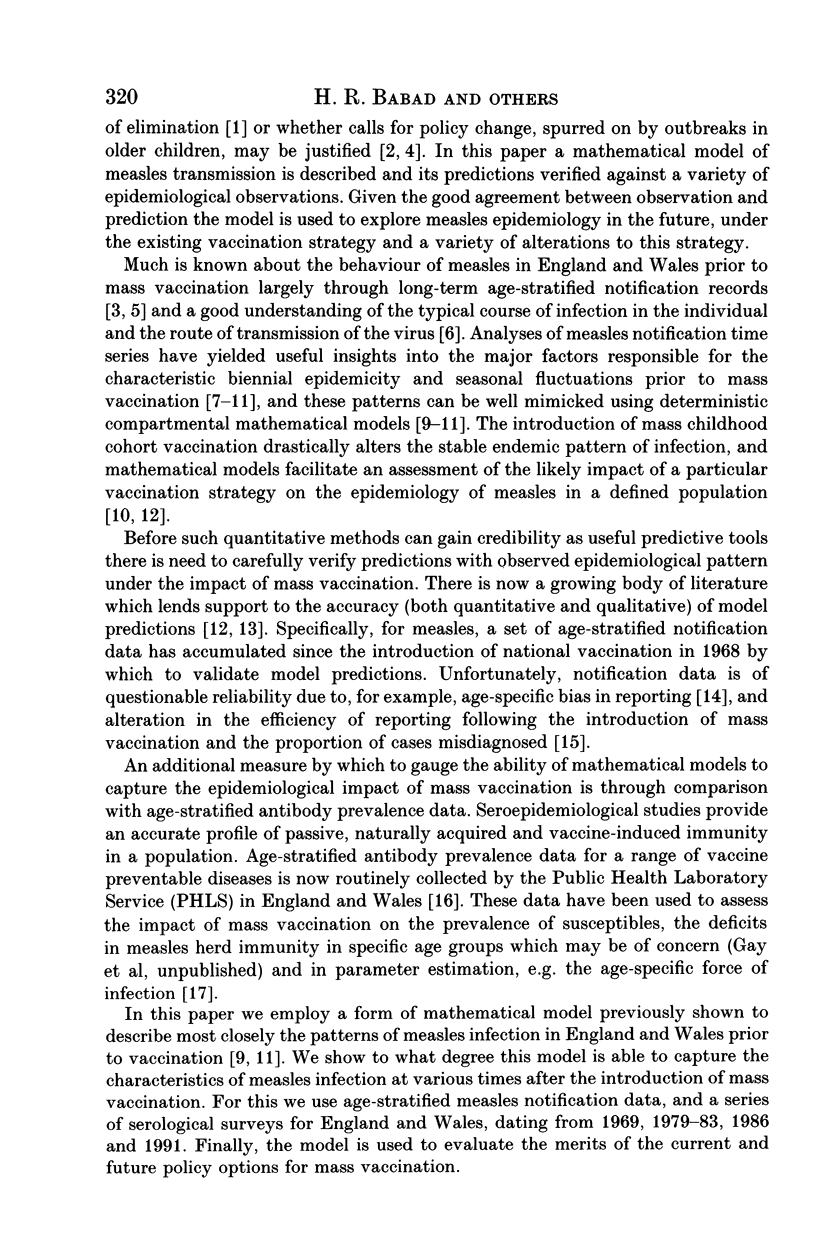
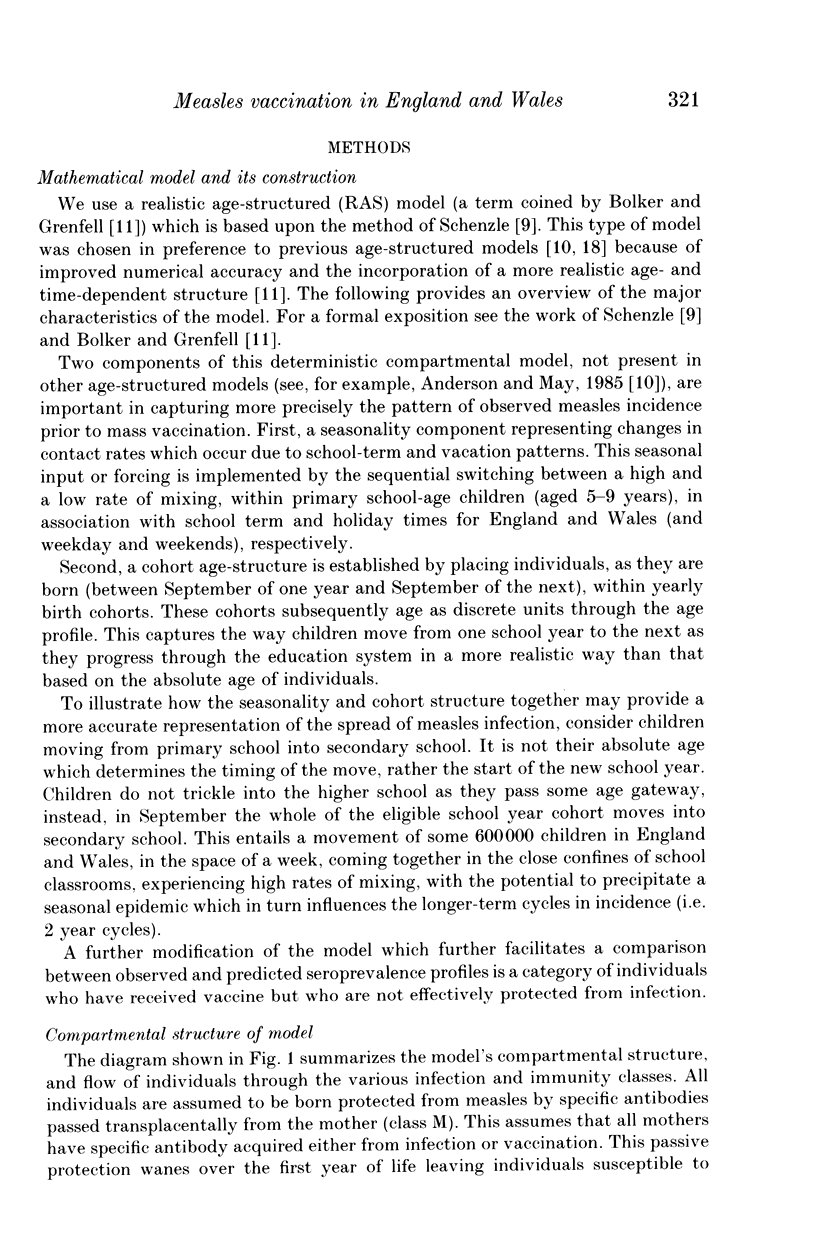
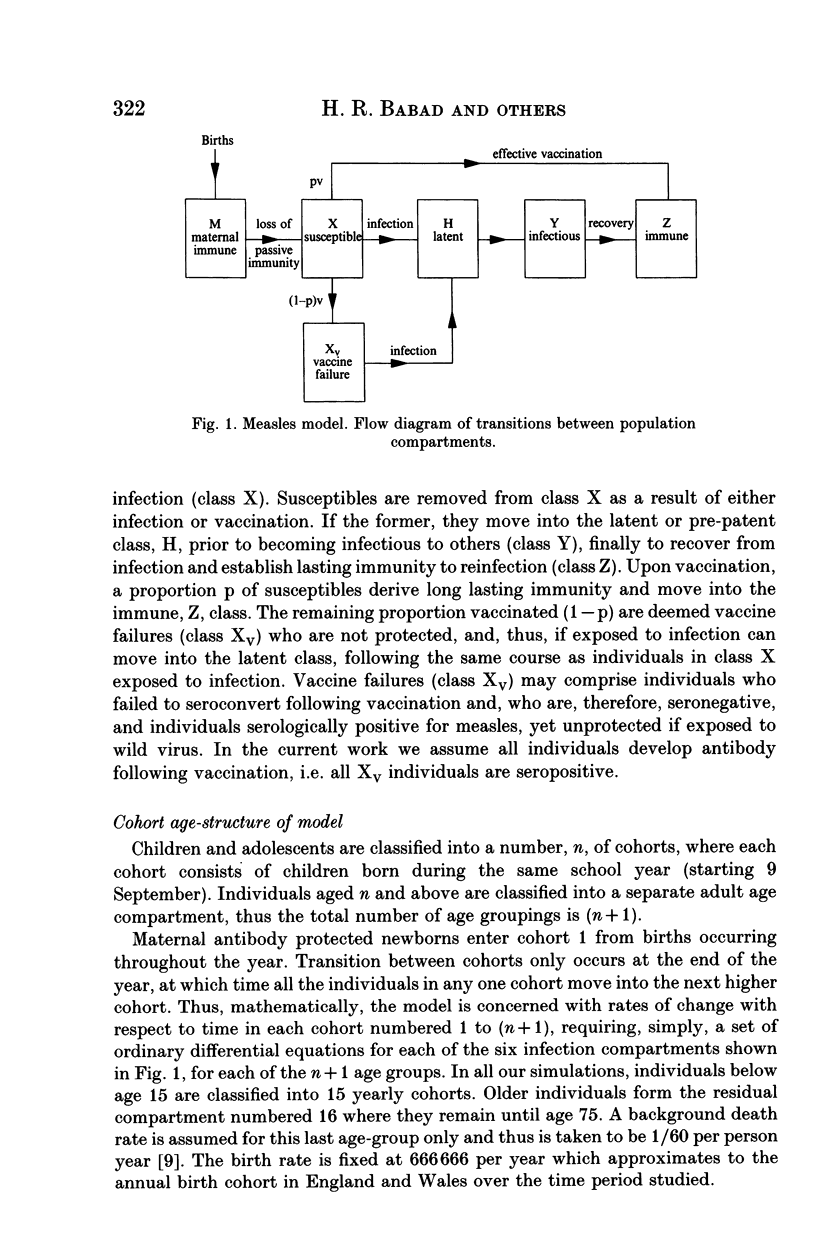
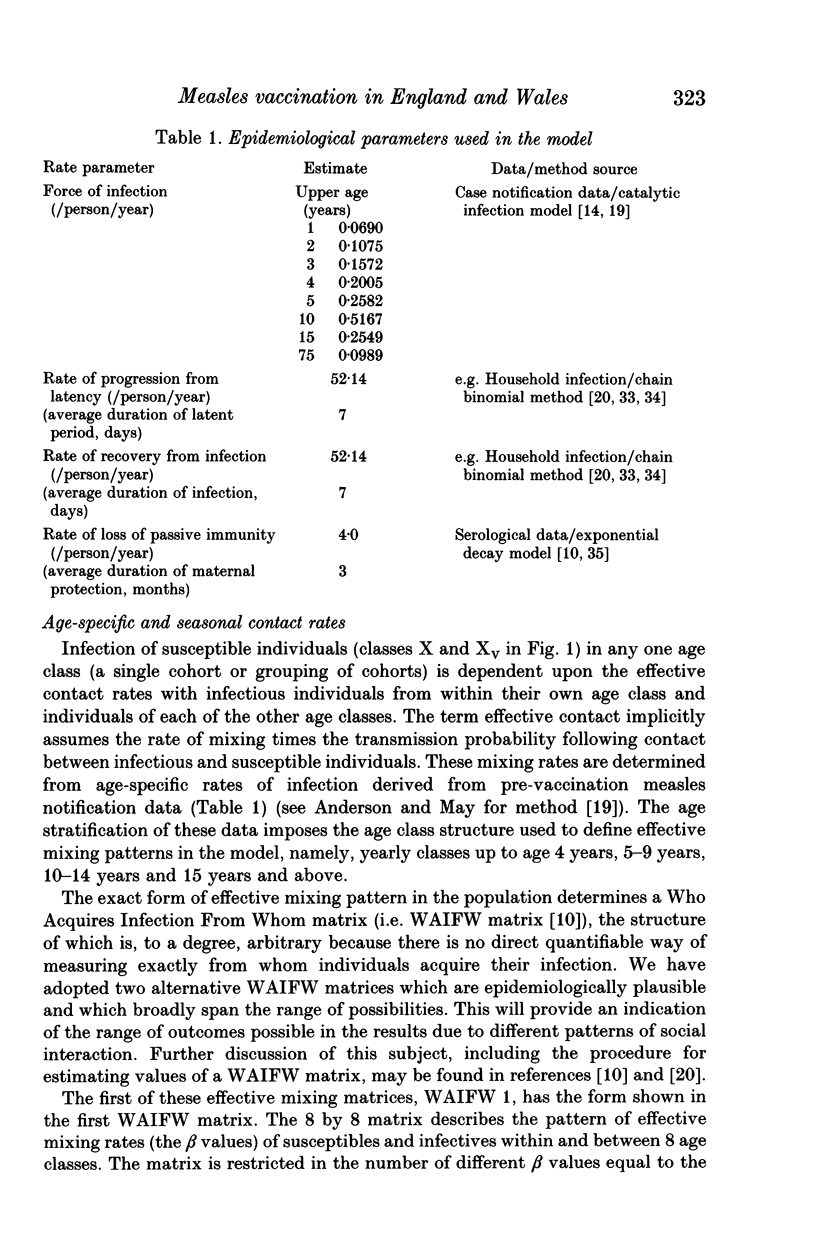
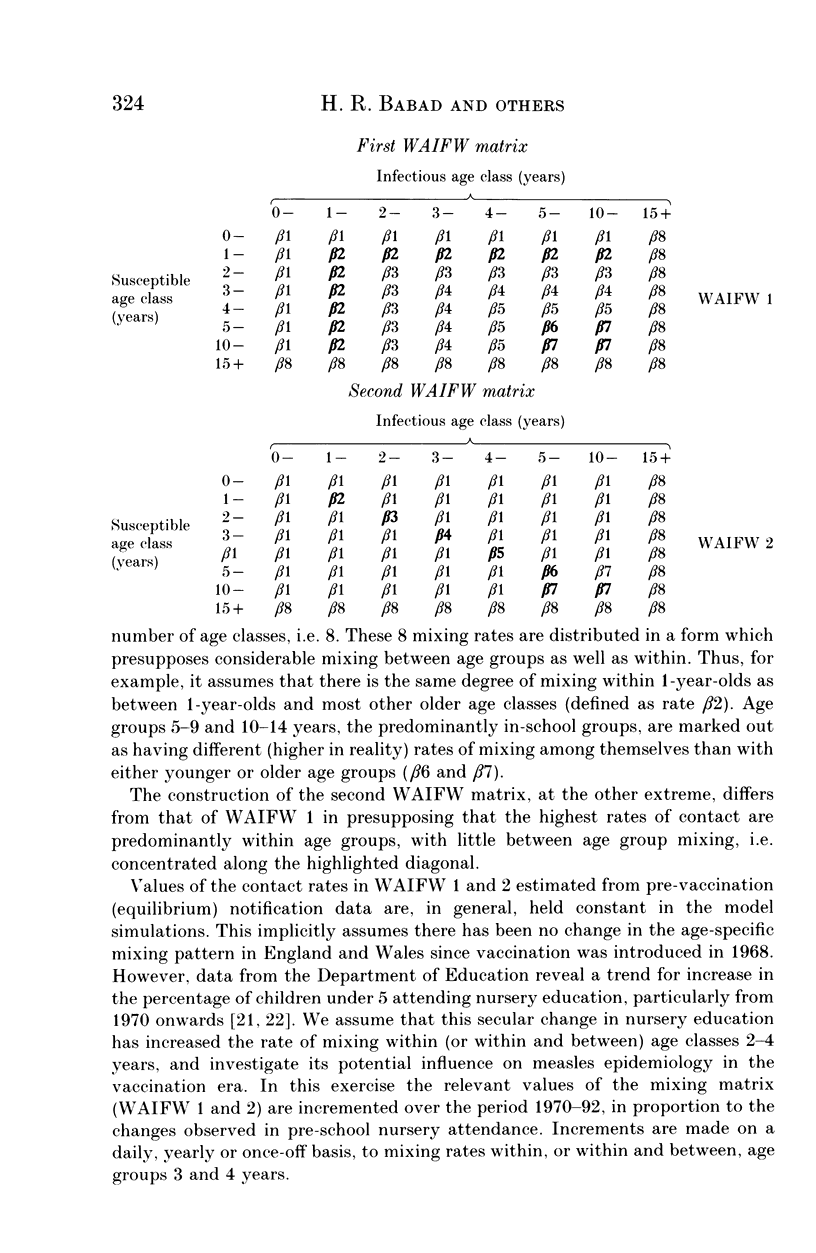
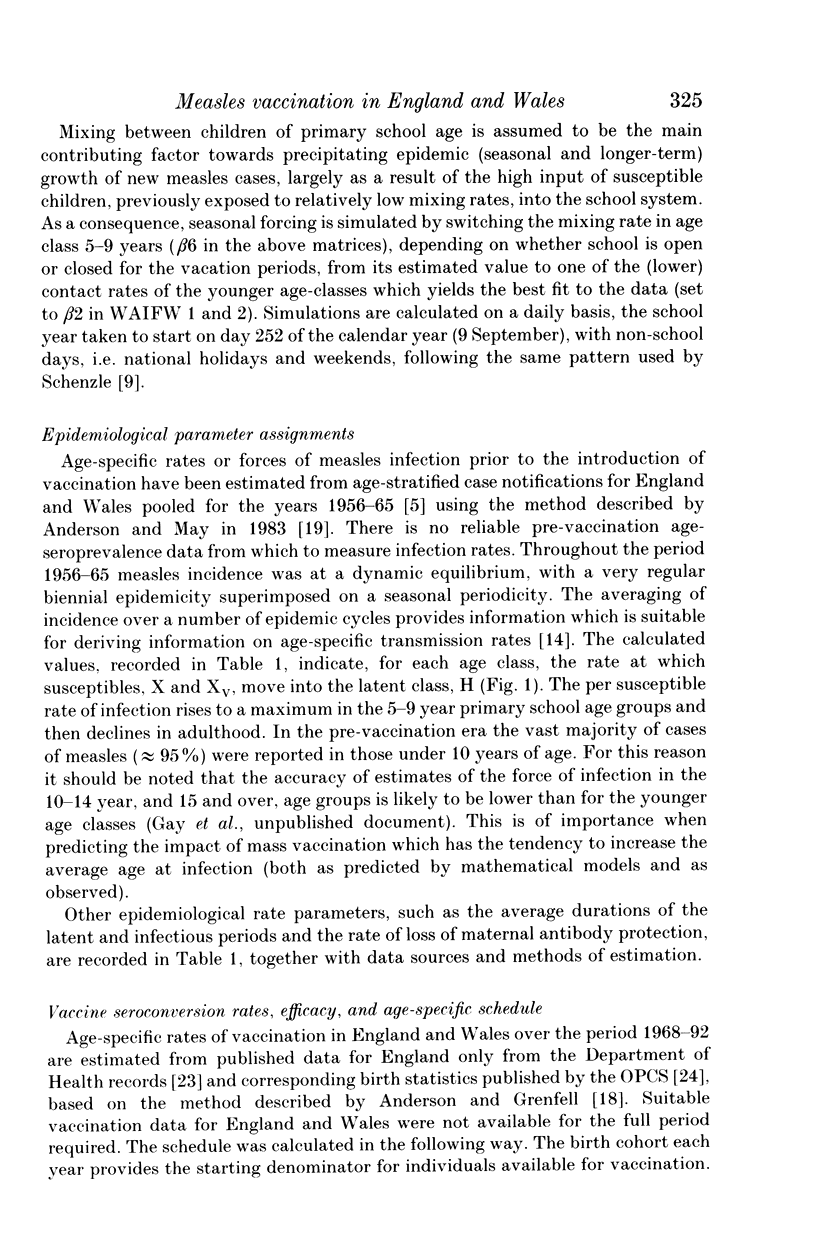
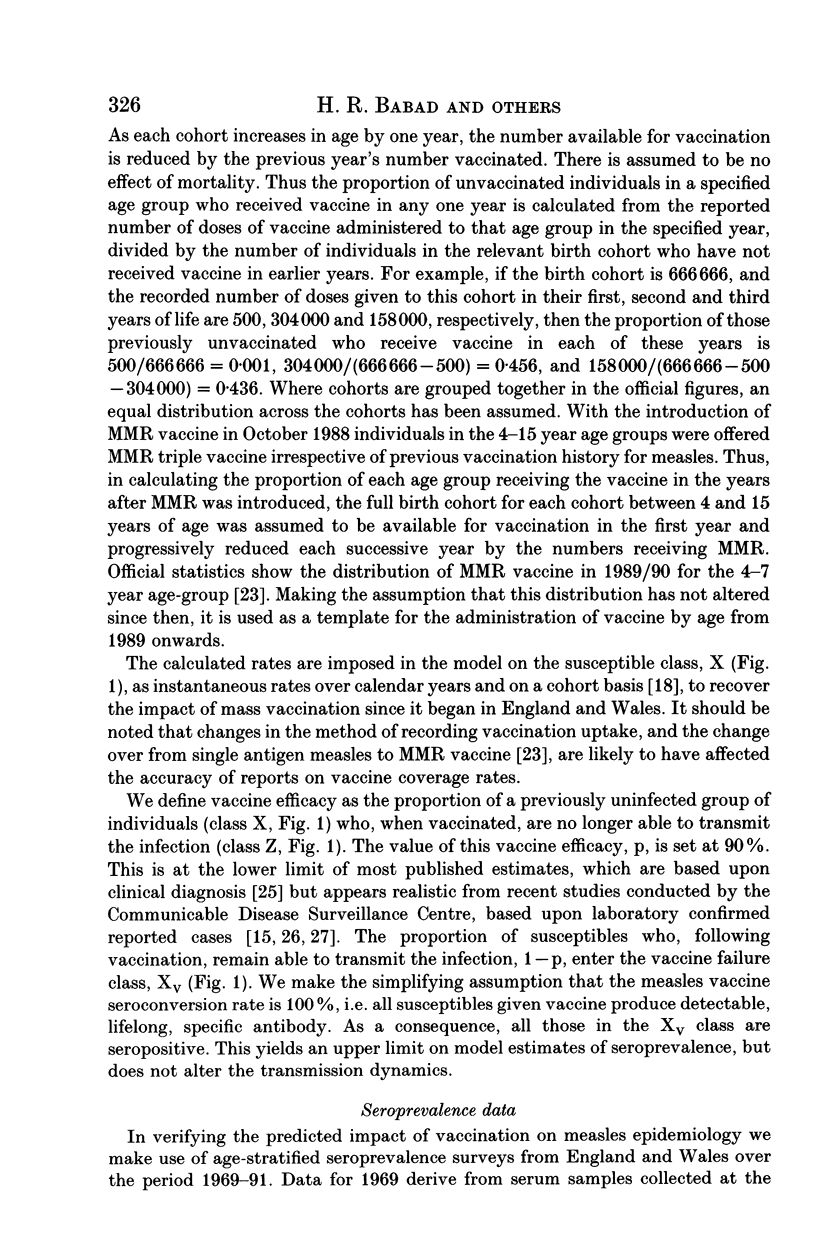
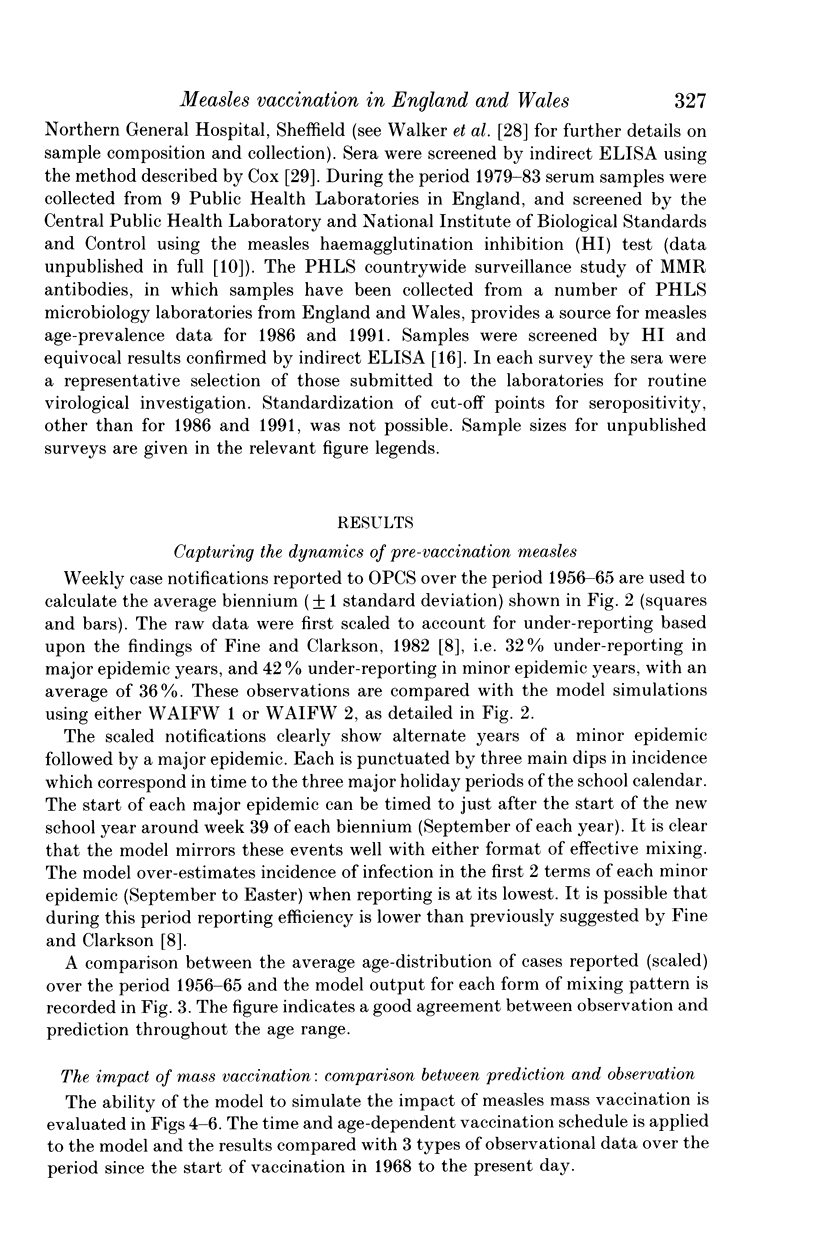
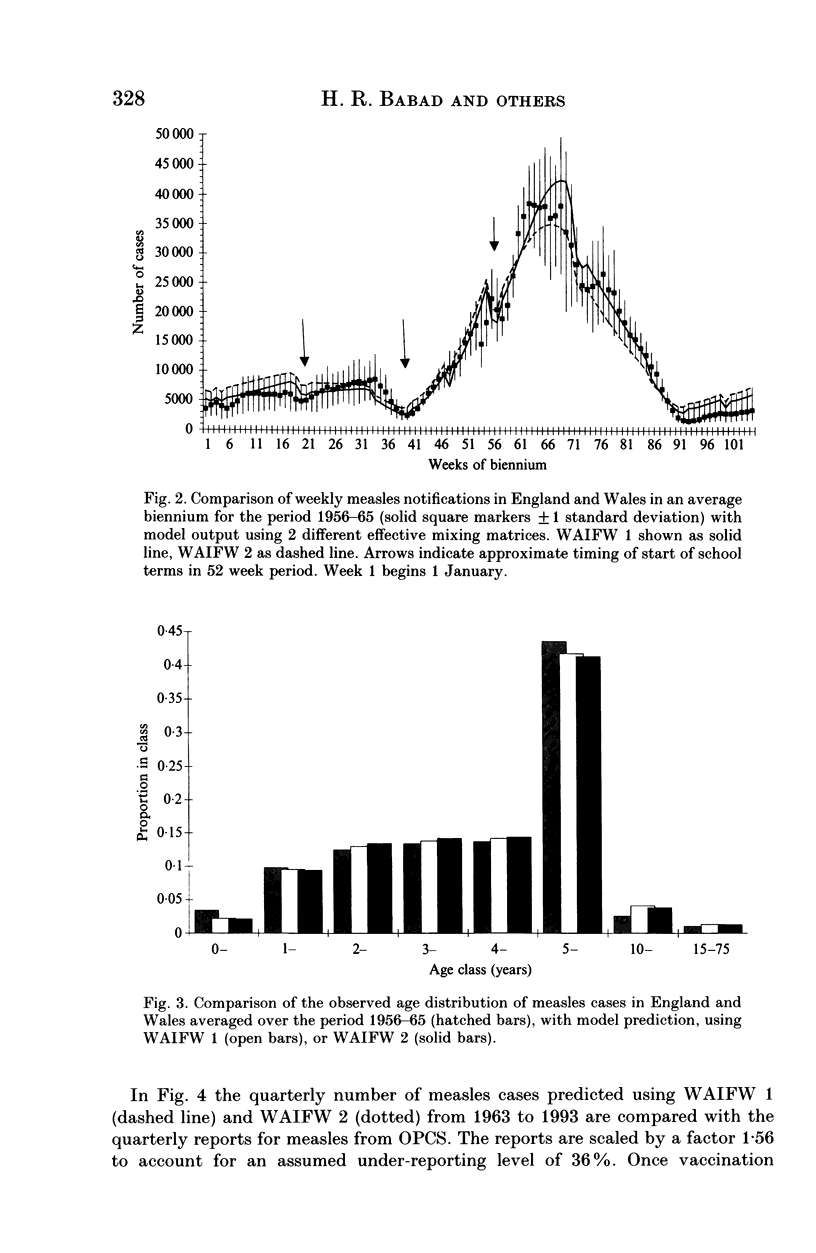
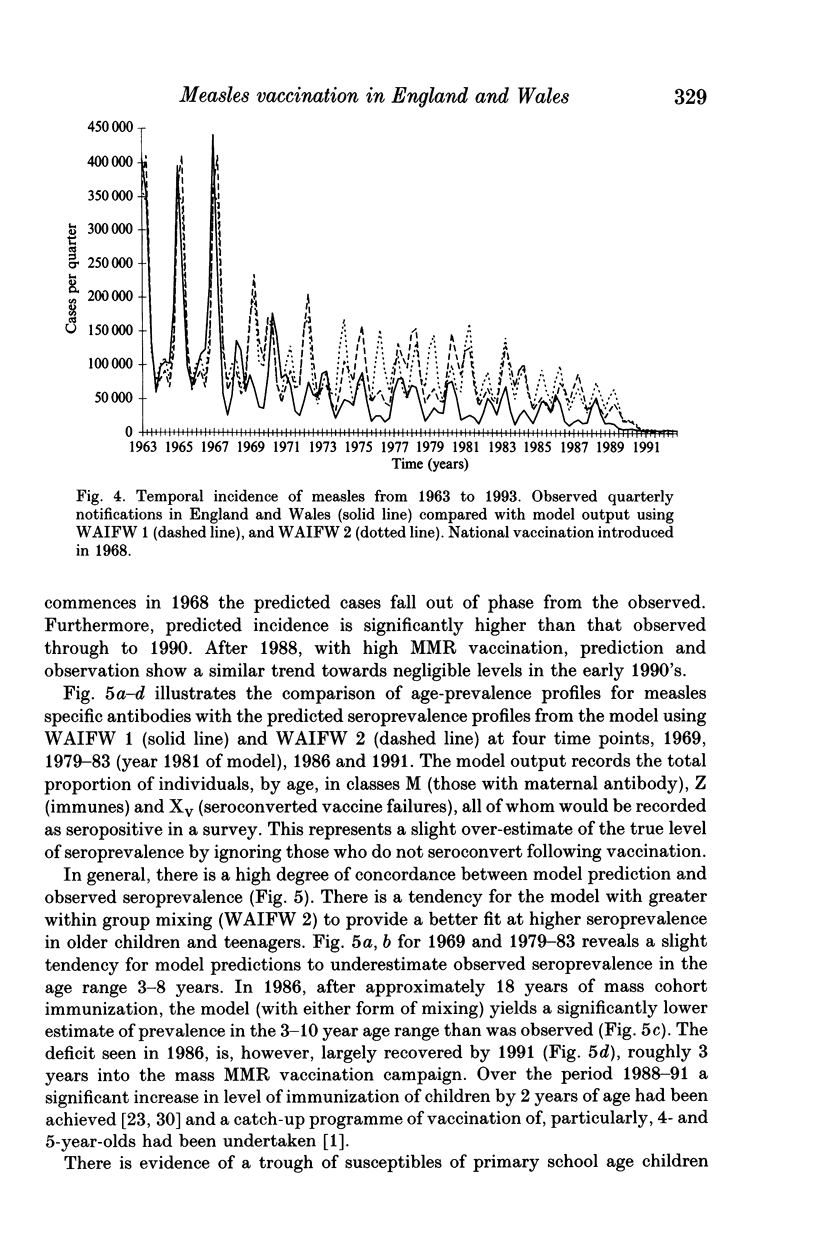
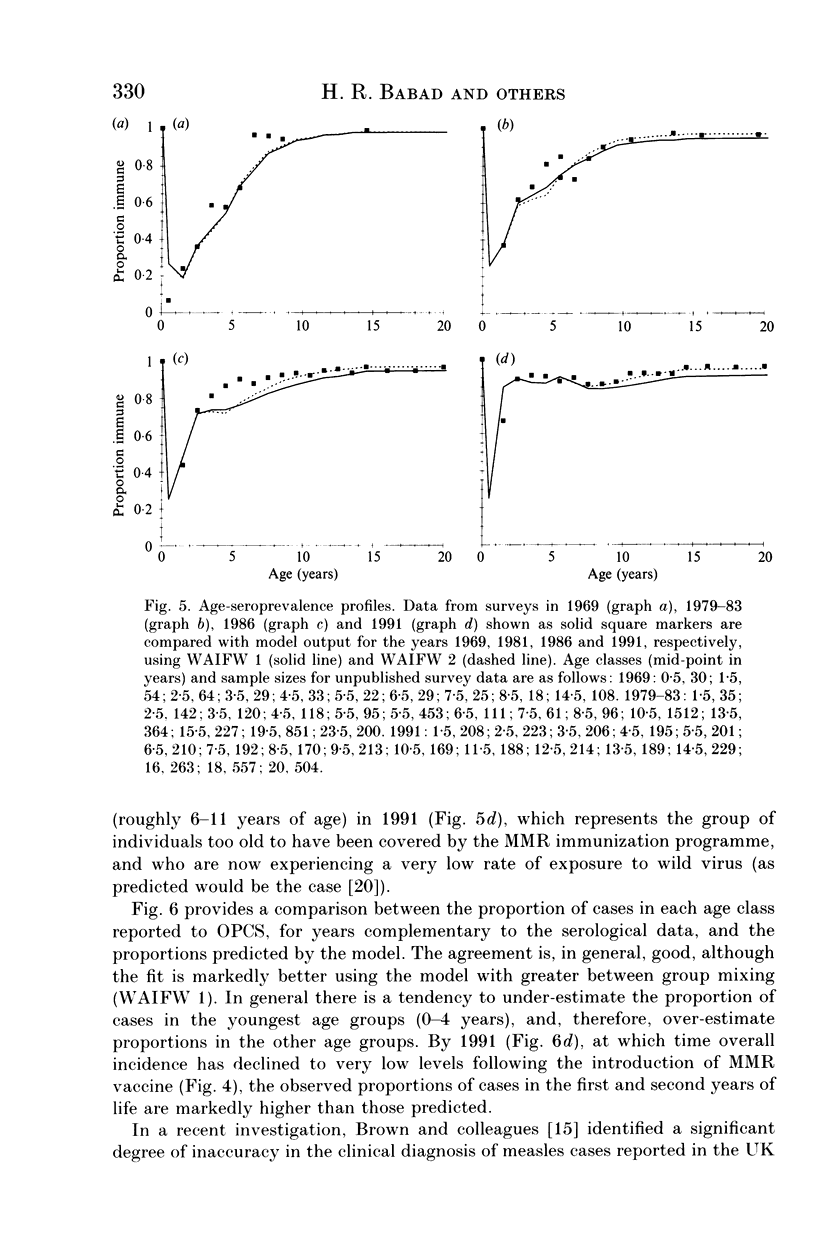


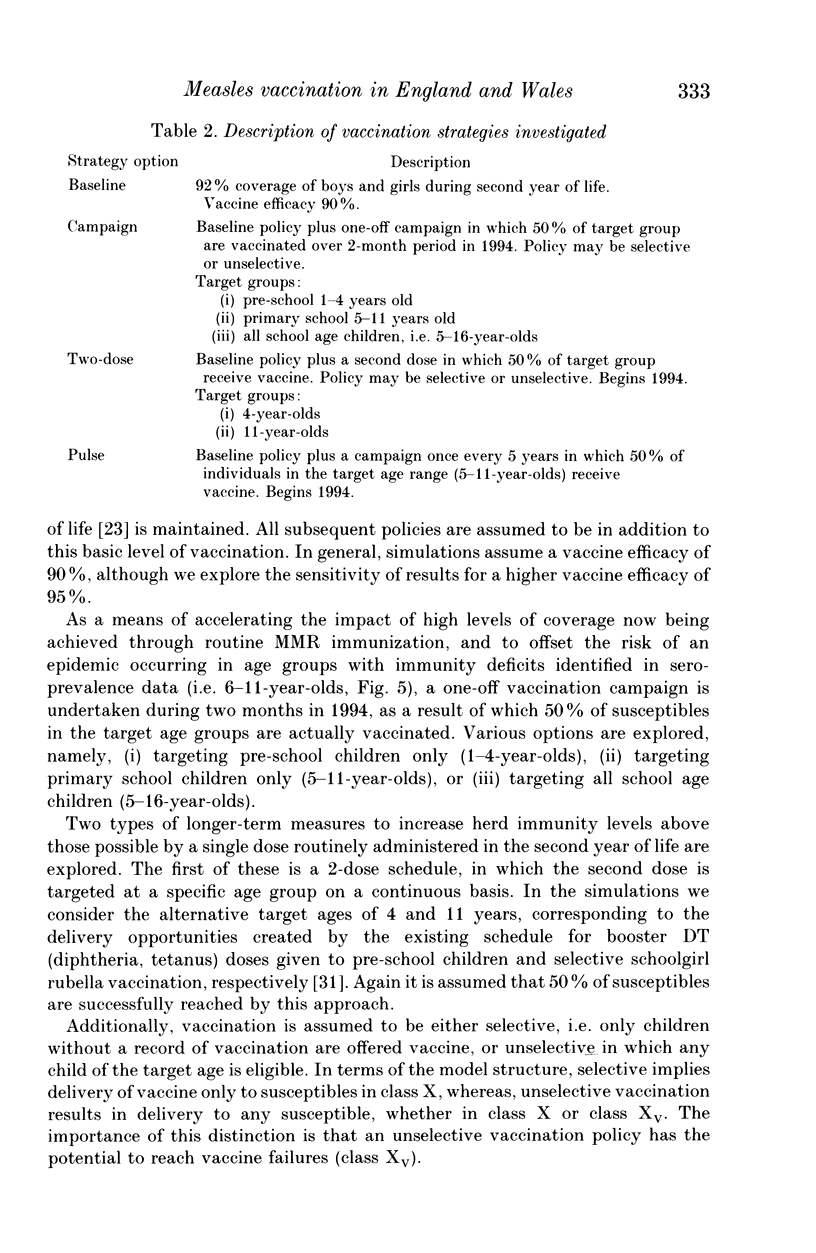
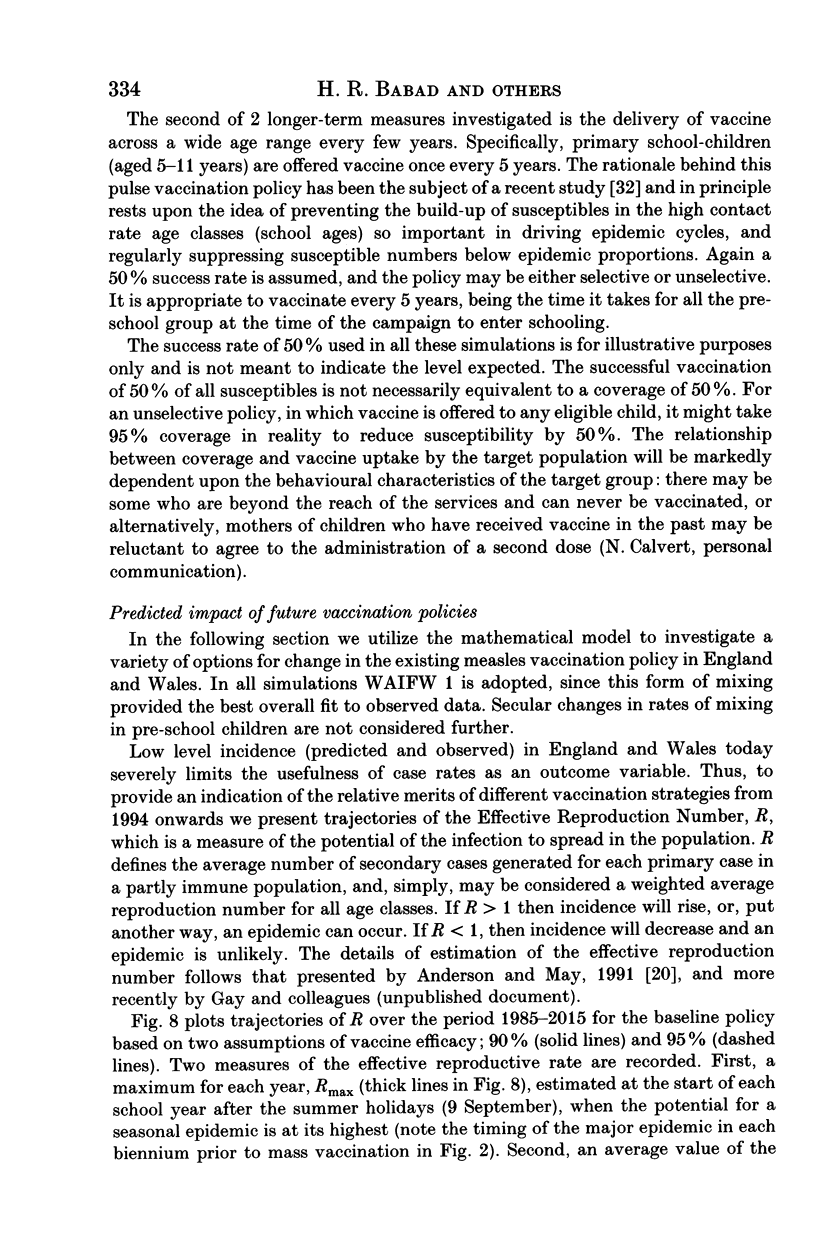
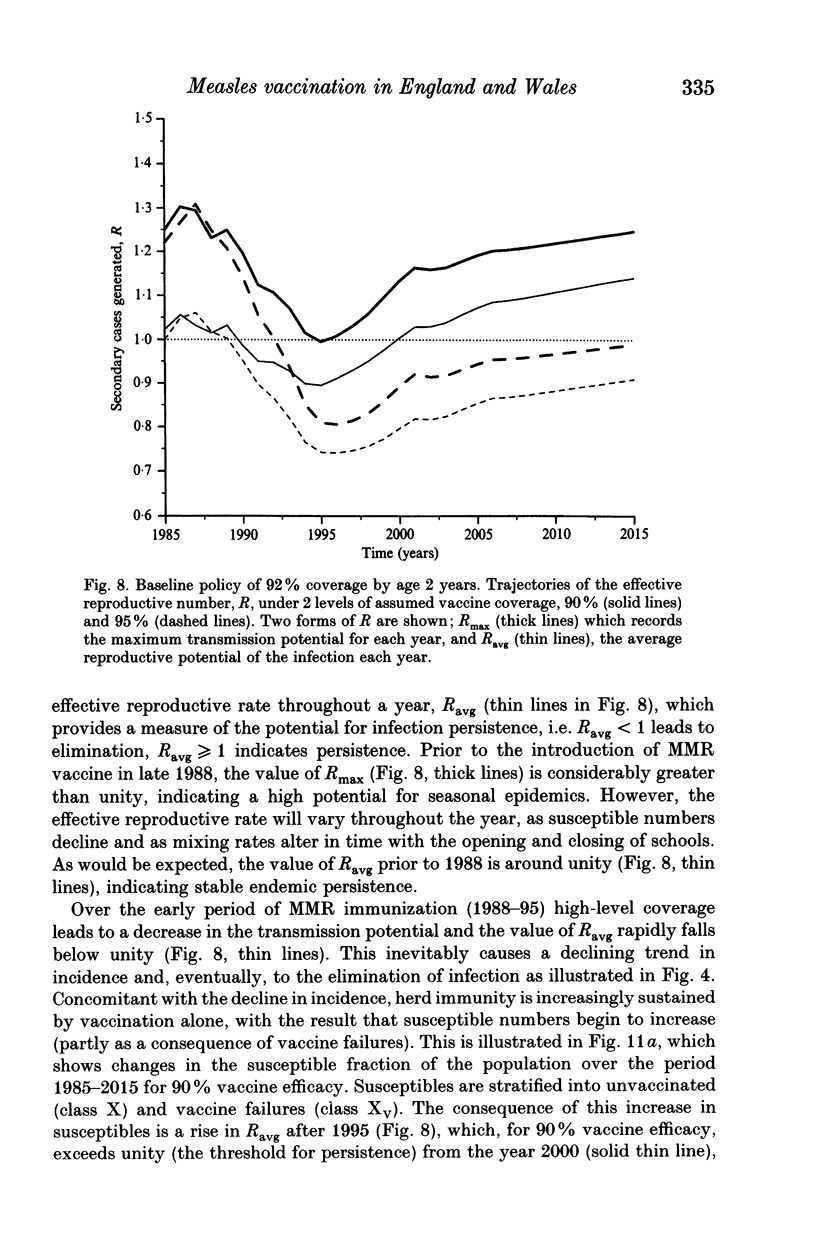
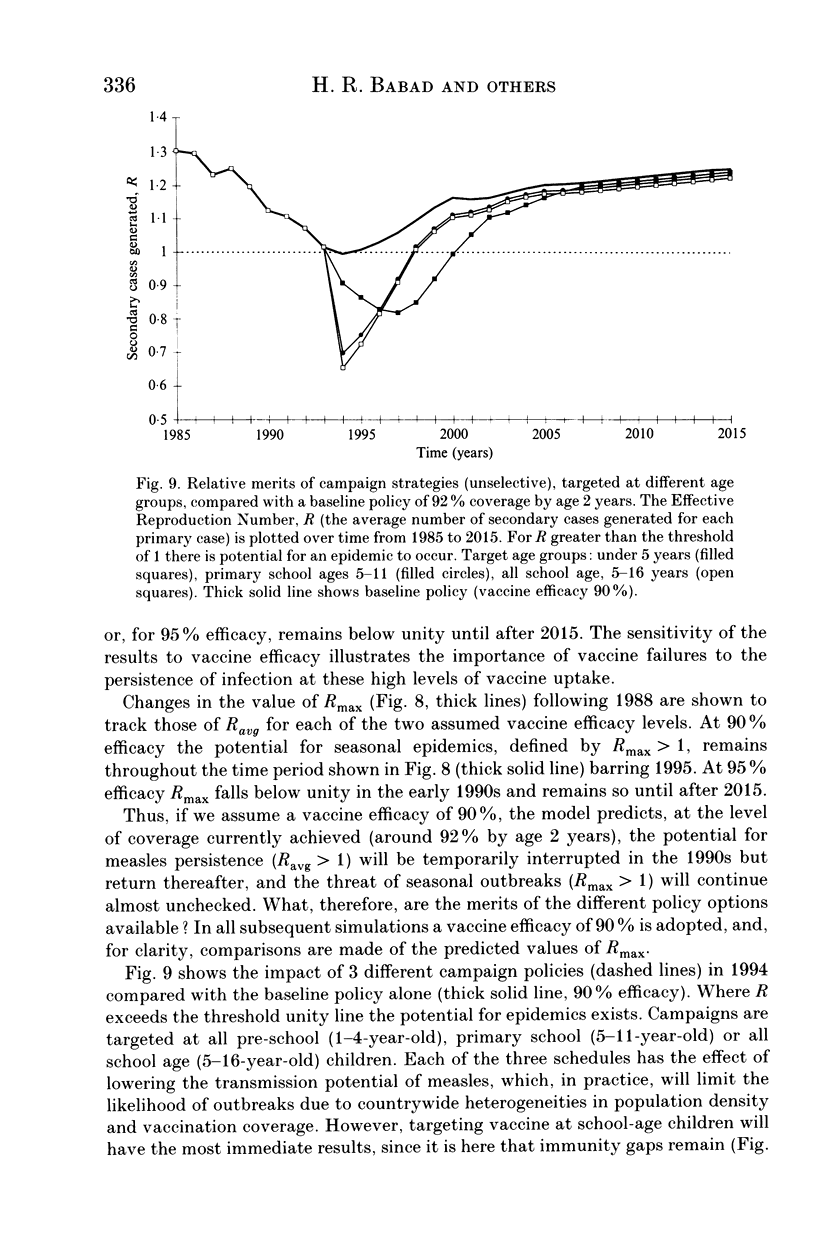

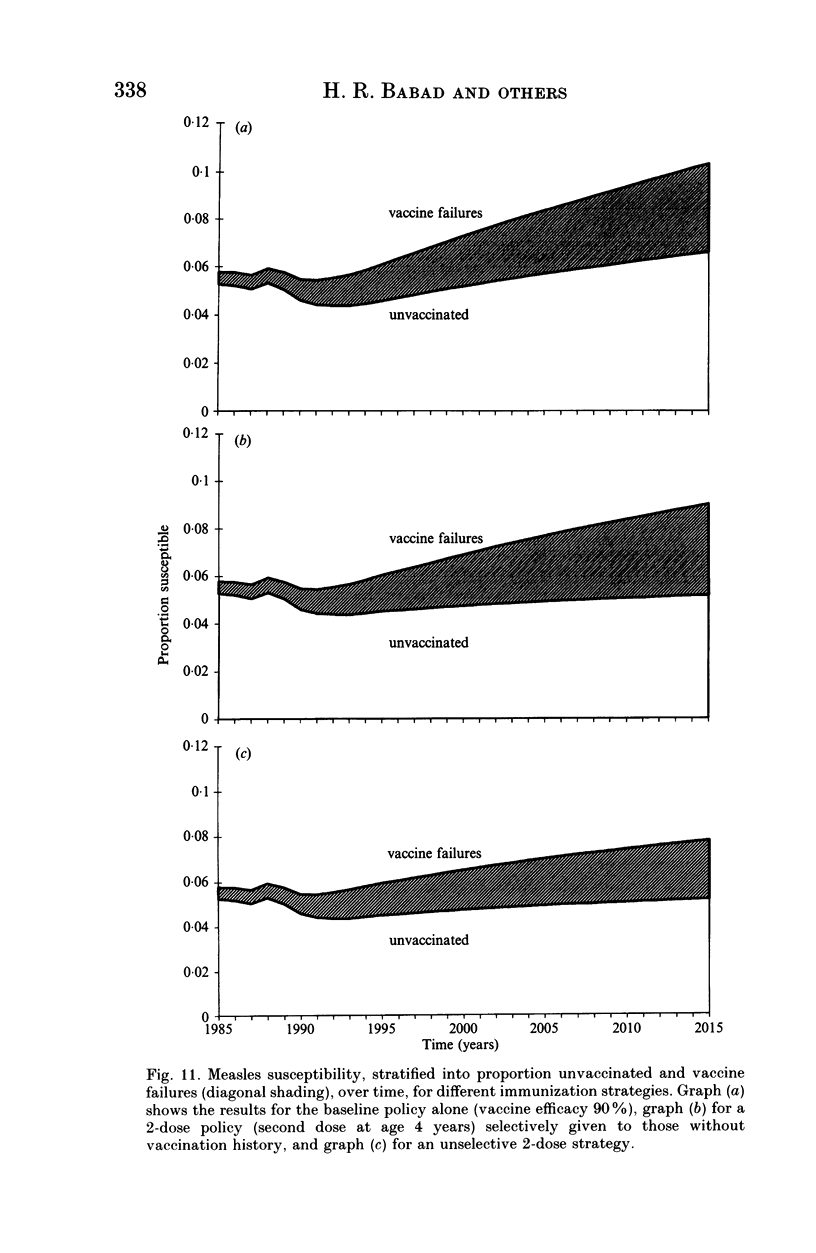
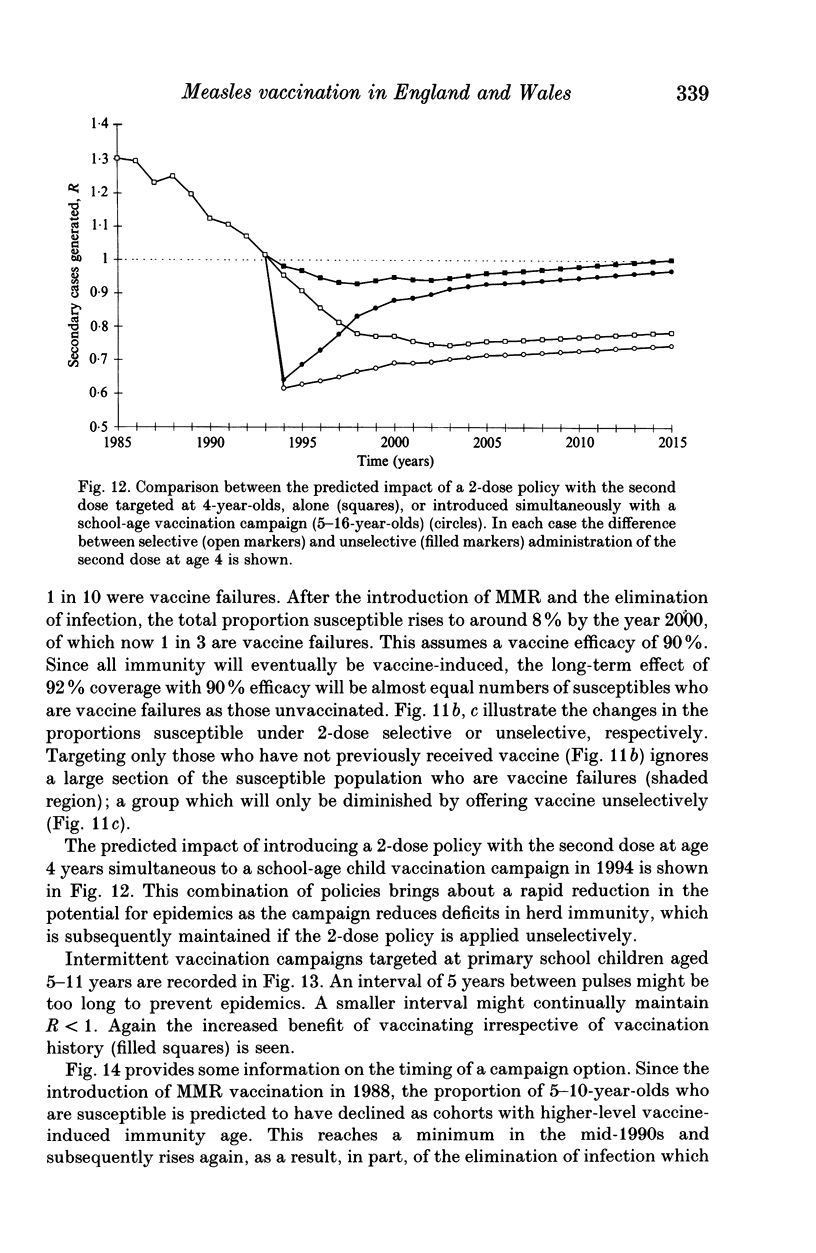
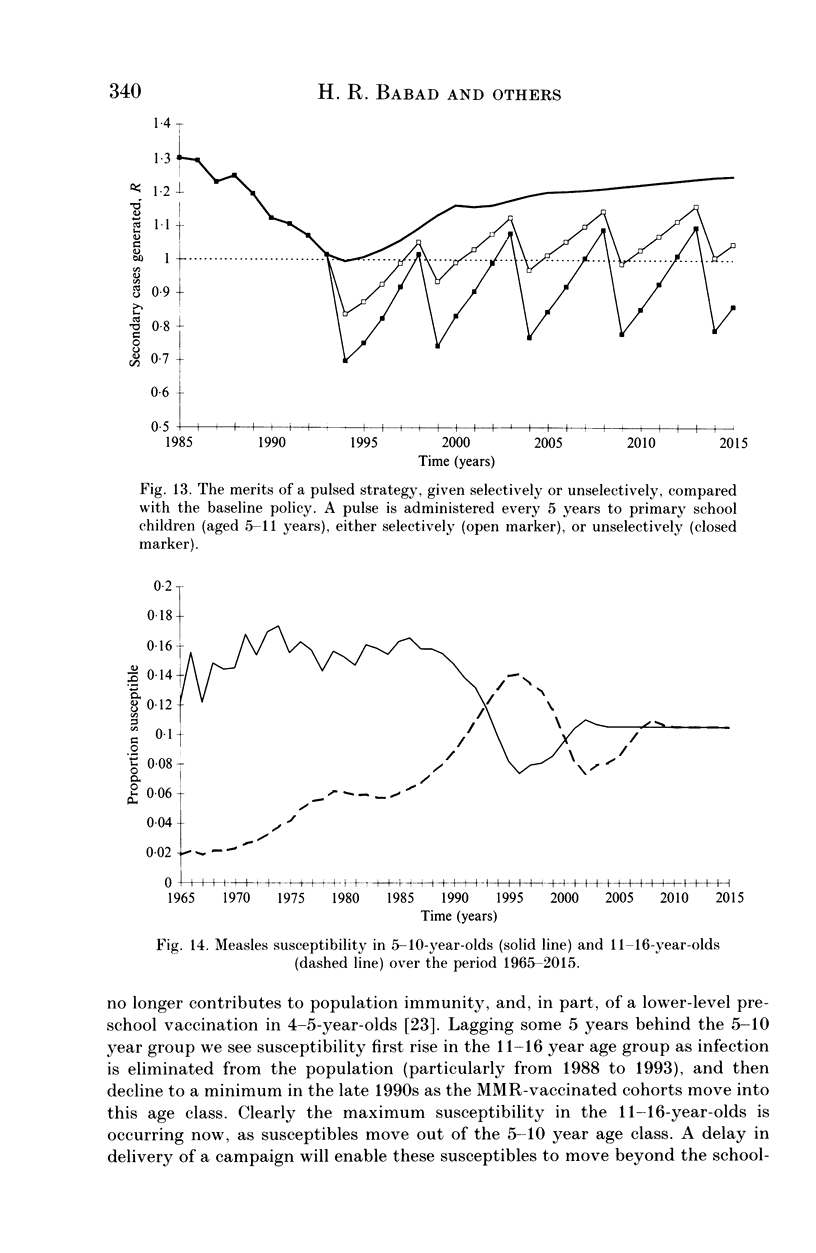

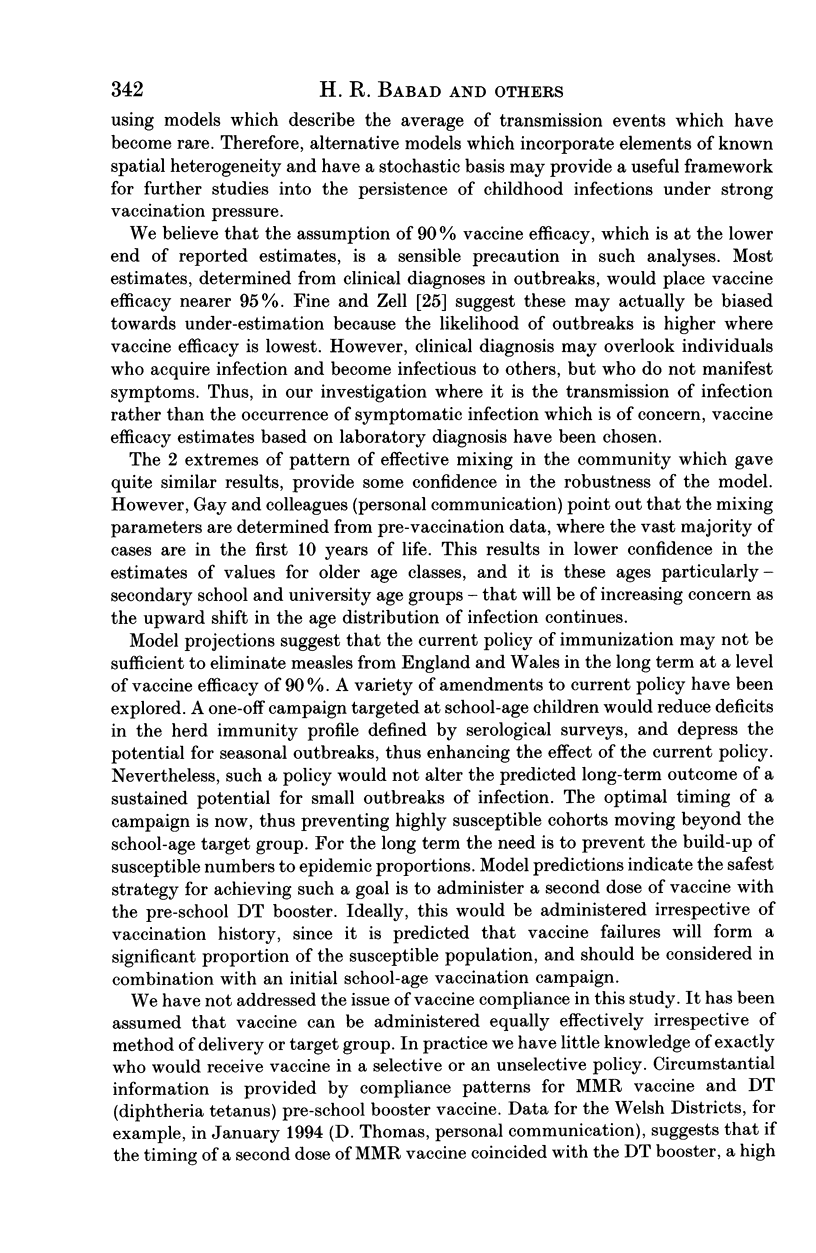


Selected References
These references are in PubMed. This may not be the complete list of references from this article.
- Agur Z., Cojocaru L., Mazor G., Anderson R. M., Danon Y. L. Pulse mass measles vaccination across age cohorts. Proc Natl Acad Sci U S A. 1993 Dec 15;90(24):11698–11702. doi: 10.1073/pnas.90.24.11698. [DOI] [PMC free article] [PubMed] [Google Scholar]
- Anderson R. M., Grenfell B. T. Quantitative investigations of different vaccination policies for the control of congenital rubella syndrome (CRS) in the United Kingdom. J Hyg (Lond) 1986 Apr;96(2):305–333. doi: 10.1017/s0022172400066079. [DOI] [PMC free article] [PubMed] [Google Scholar]
- Anderson R. M., May R. M. Age-related changes in the rate of disease transmission: implications for the design of vaccination programmes. J Hyg (Lond) 1985 Jun;94(3):365–436. doi: 10.1017/s002217240006160x. [DOI] [PMC free article] [PubMed] [Google Scholar]
- Anderson R. M., May R. M. Vaccination against rubella and measles: quantitative investigations of different policies. J Hyg (Lond) 1983 Apr;90(2):259–325. doi: 10.1017/s002217240002893x. [DOI] [PMC free article] [PubMed] [Google Scholar]
- Bolker B. M., Grenfell B. T. Chaos and biological complexity in measles dynamics. Proc Biol Sci. 1993 Jan 22;251(1330):75–81. doi: 10.1098/rspb.1993.0011. [DOI] [PubMed] [Google Scholar]
- Brown D. W., Ramsay M. E., Richards A. F., Miller E. Salivary diagnosis of measles: a study of notified cases in the United Kingdom, 1991-3. BMJ. 1994 Apr 16;308(6935):1015–1017. doi: 10.1136/bmj.308.6935.1015. [DOI] [PMC free article] [PubMed] [Google Scholar]
- Farrington C. P. Modelling forces of infection for measles, mumps and rubella. Stat Med. 1990 Aug;9(8):953–967. doi: 10.1002/sim.4780090811. [DOI] [PubMed] [Google Scholar]
- Fine P. E., Clarkson J. A. Measles in England and Wales--I: An analysis of factors underlying seasonal patterns. Int J Epidemiol. 1982 Mar;11(1):5–14. doi: 10.1093/ije/11.1.5. [DOI] [PubMed] [Google Scholar]
- Fine P. E., Zell E. R. Outbreaks in highly vaccinated populations: implications for studies of vaccine performance. Am J Epidemiol. 1994 Jan 1;139(1):77–90. doi: 10.1093/oxfordjournals.aje.a116937. [DOI] [PubMed] [Google Scholar]
- Grenfell B. T., Anderson R. M. The estimation of age-related rates of infection from case notifications and serological data. J Hyg (Lond) 1985 Oct;95(2):419–436. doi: 10.1017/s0022172400062859. [DOI] [PMC free article] [PubMed] [Google Scholar]
- Miller E., Nokes D. J., Anderson R. M. Measles, mumps, and rubella vaccination. BMJ. 1992 May 30;304(6839):1440–1441. doi: 10.1136/bmj.304.6839.1440-b. [DOI] [PMC free article] [PubMed] [Google Scholar]
- Morgan-Capner P., Wright J., Miller C. L., Miller E. Surveillance of antibody to measles, mumps, and rubella by age. BMJ. 1988 Sep 24;297(6651):770–772. doi: 10.1136/bmj.297.6651.770. [DOI] [PMC free article] [PubMed] [Google Scholar]
- Morse D., O'Shea M., Hamilton G., Soltanpoor N., Leece G., Miller E., Brown D. Outbreak of measles in a teenage school population: the need to immunize susceptible adolescents. Epidemiol Infect. 1994 Oct;113(2):355–365. doi: 10.1017/s0950268800051785. [DOI] [PMC free article] [PubMed] [Google Scholar]
- Nokes D. J., Anderson R. M. The use of mathematical models in the epidemiological study of infectious diseases and in the design of mass immunization programmes. Epidemiol Infect. 1988 Aug;101(1):1–20. doi: 10.1017/s0950268800029186. [DOI] [PMC free article] [PubMed] [Google Scholar]
- Nokes D. J., Wright J., Morgan-Capner P., Anderson R. M. Serological study of the epidemiology of mumps virus infection in north-west England. Epidemiol Infect. 1990 Aug;105(1):175–195. doi: 10.1017/s0950268800047762. [DOI] [PMC free article] [PubMed] [Google Scholar]
- Schenzle D. An age-structured model of pre- and post-vaccination measles transmission. IMA J Math Appl Med Biol. 1984;1(2):169–191. doi: 10.1093/imammb/1.2.169. [DOI] [PubMed] [Google Scholar]
- Ukkonen P., von Bonsdorff C. H. Rubella immunity and morbidity: effects of vaccination in Finland. Scand J Infect Dis. 1988;20(3):255–259. doi: 10.3109/00365548809032448. [DOI] [PubMed] [Google Scholar]
- Walker J., Nokes D. J., Jennings R. Longitudinal study of Toxoplasma seroprevalence in South Yorkshire. Epidemiol Infect. 1992 Feb;108(1):99–106. doi: 10.1017/s0950268800049542. [DOI] [PMC free article] [PubMed] [Google Scholar]


